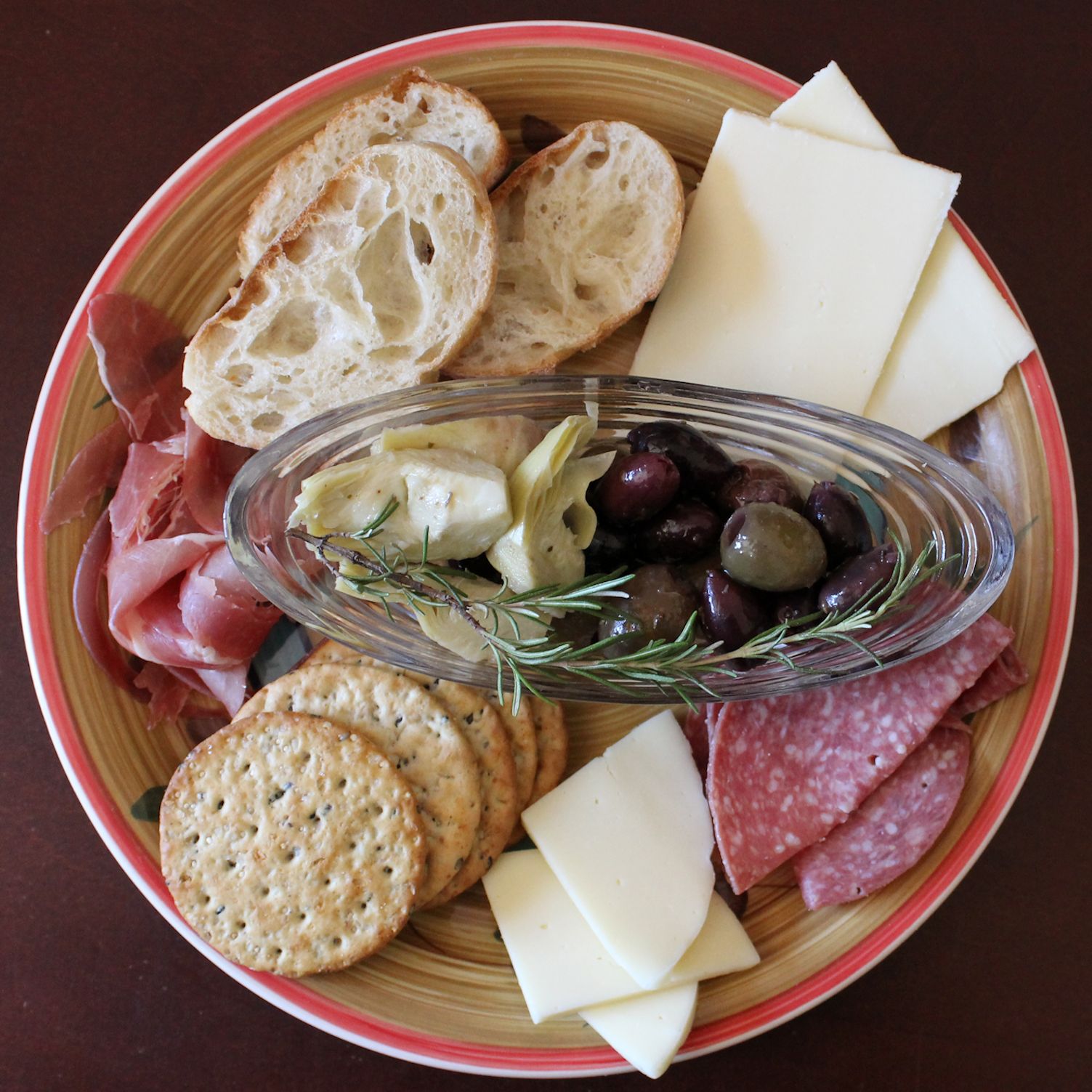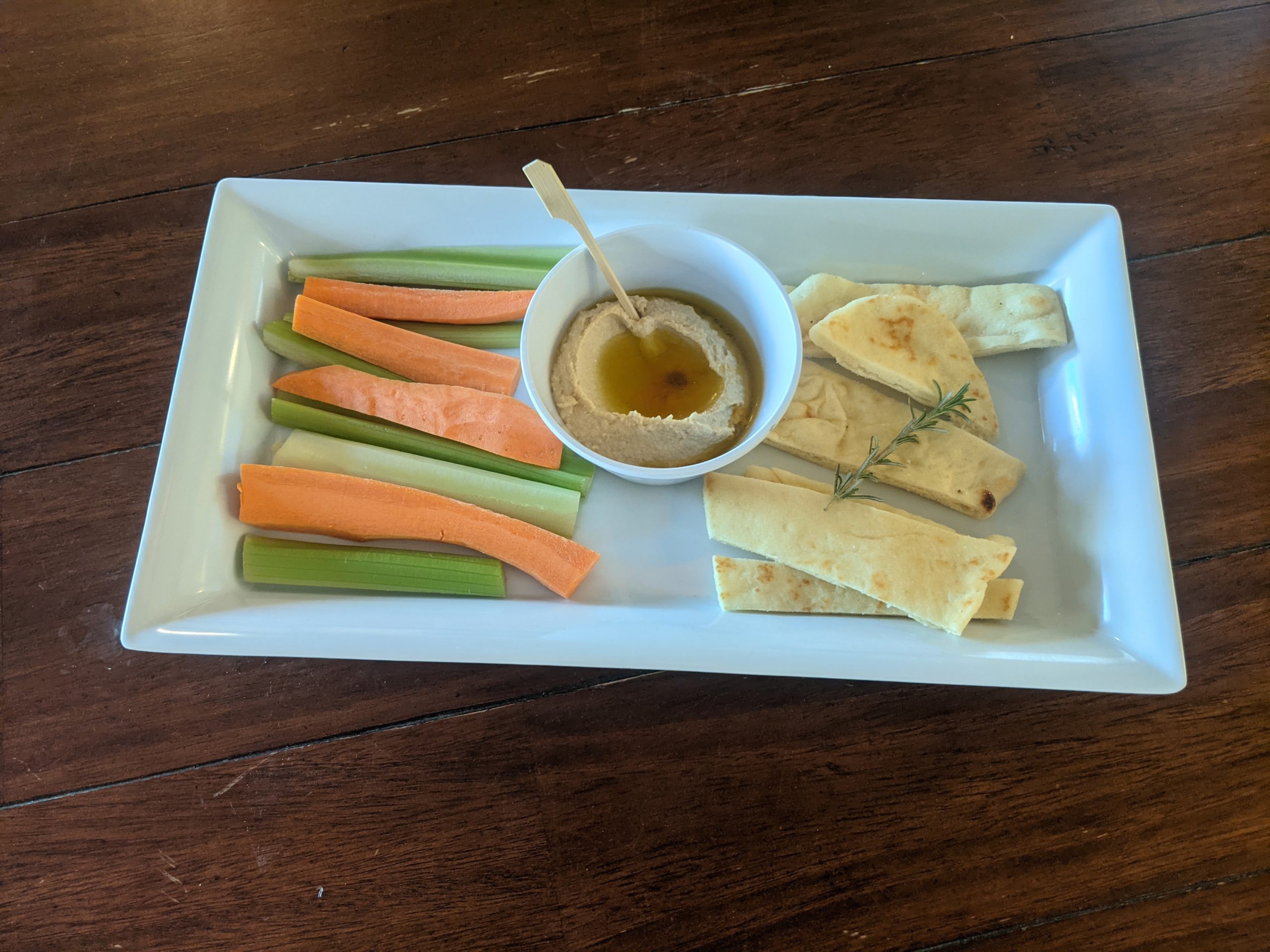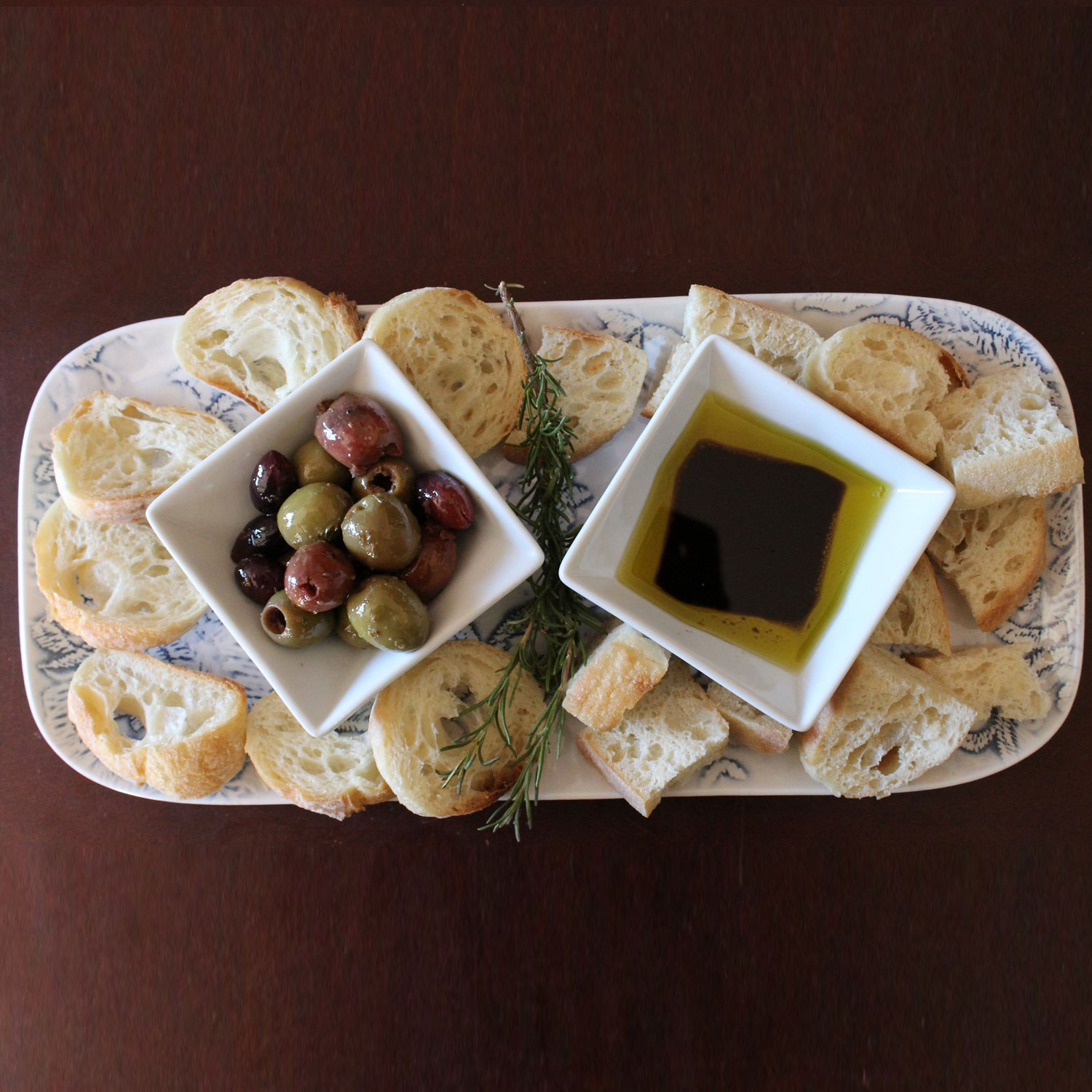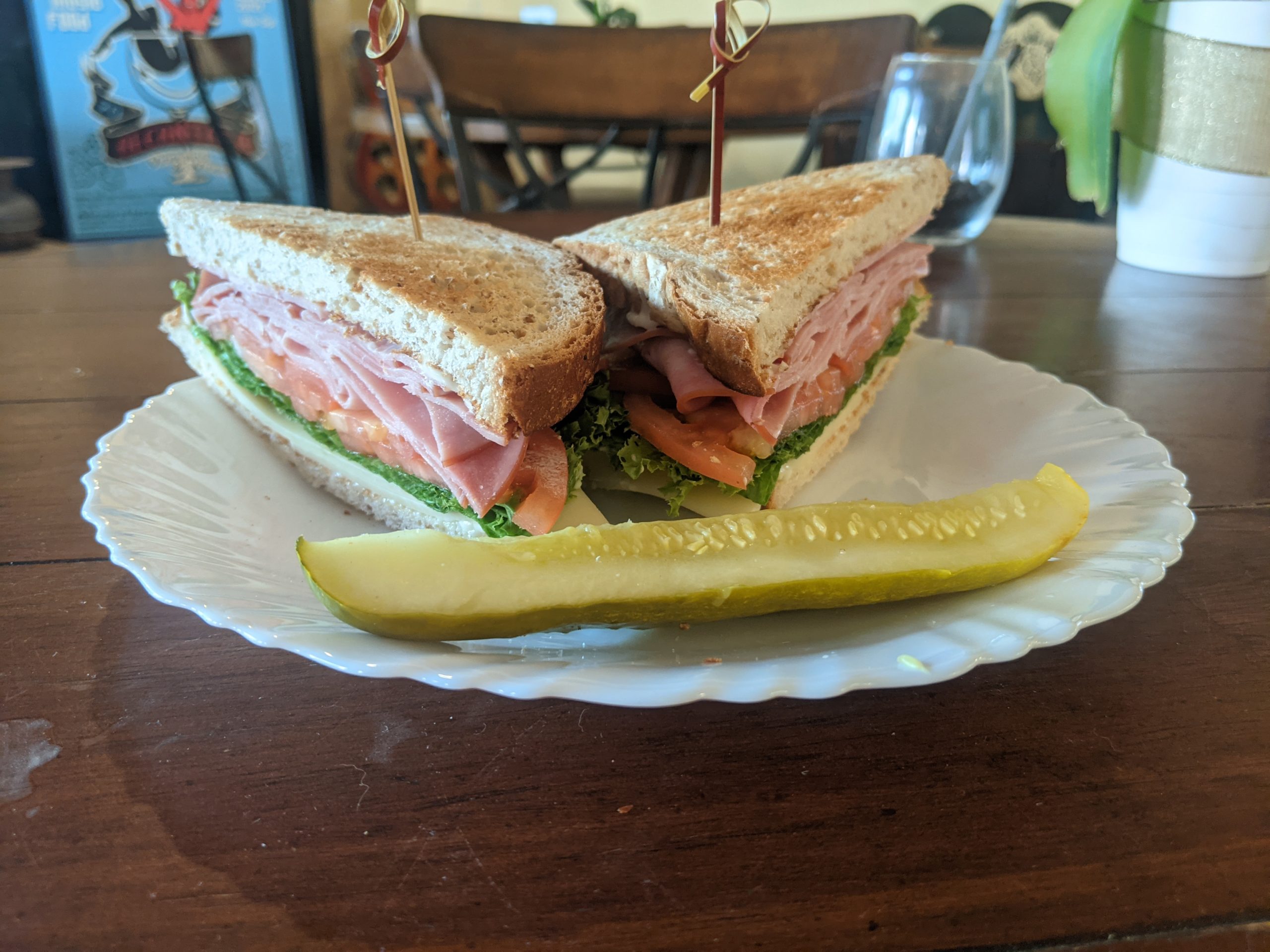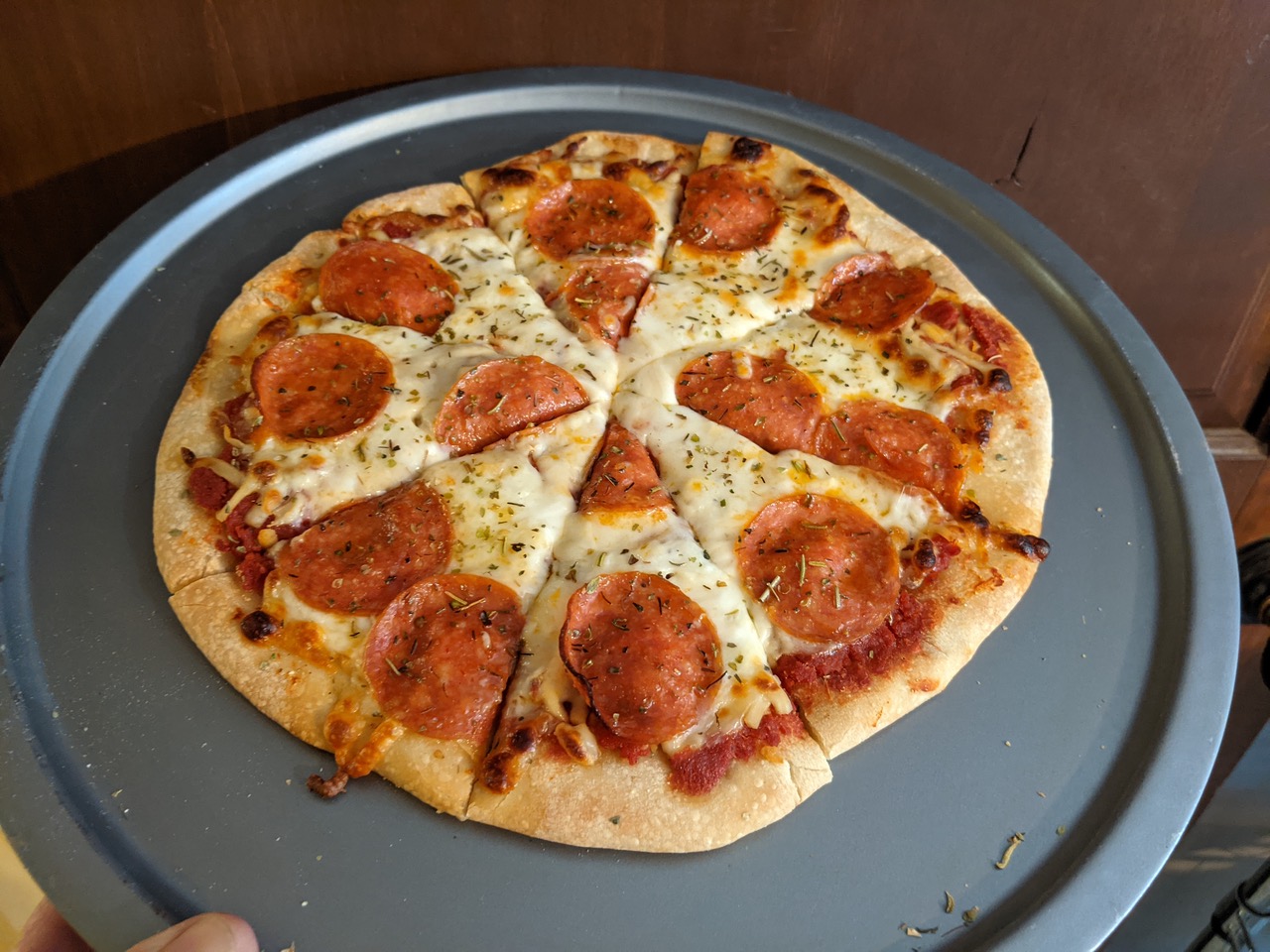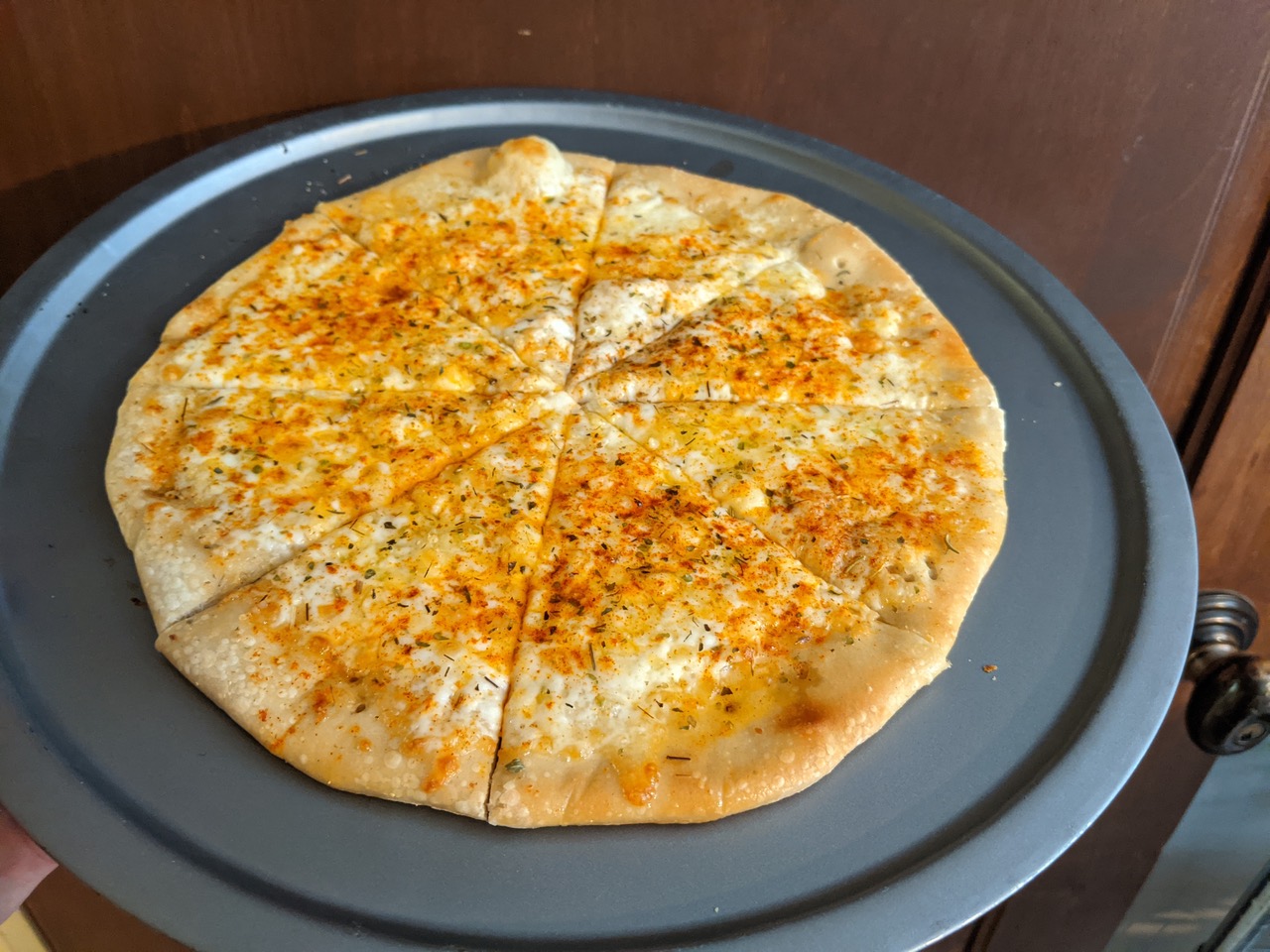JOIN US TODAY
OPEN DAILY FROM 11-5
Verde Valley AVA (American Viticultural Area)
VERDE VALLEY AVA (AMERICAN VITICULTURAL AREA)
Approved November 10, 2021
The Verde Valley AVA (American Viticultural Area) is located North of Phoenix about 100 miles. The third AVA in Arizona, nestled below the Mogollon Rim, East of Mingus Mountain, South West of Sedona and in the heart of the Verde Valley. Alcantara Vineyards & Winery sits right in the middle of the AVA at the confluence of the Verde River and Oak Creek.
Google Maps Alcantara Winery Location https://goo.gl/maps/xi4BoTfeYvbfBLS68

Private Tours with the Winemaker, Ron Brumley by appointment only. Email to Schedule a private tour ron@alcantaravineyard.com or Call/Text (970) 729-3474
The Alcohol and Tobacco Tax and Trade Bureau (TTB) established the 2019 square-mile “Verde Valley” viticultural area in Yavapai County, Arizona. The viticultural area is not located within, nor does it contain, any other established viticultural area. TTB designates viticultural areas to allow vintners to better describe the origin of their wines and to allow consumers to better identify wines they may purchase.
Section 4.25(e)(1)(i) of the TTB regulations (27 CFR 4.25(e)(1)(i)) defines a viticultural area for American wine as a delimited grape-growing region having distinguishing features, as described in part 9 of the regulations, and a name and a delineated boundary, as established in part 9 of the regulations. These designations allow vintners and consumers to attribute a given quality, reputation, or other characteristic of a wine made from grapes grown in an area to the wine’s geographic origin. The establishment of AVAs allows vintners to describe more accurately the origin of their wines to consumers and helps consumers to identify wines they may purchase. Establishment of an AVA is neither an approval nor an endorsement by TTB of the wine produced in that area.
TTB received a petition from the Verde Valley Wine Consortium, on behalf of the local grape growers and winemakers, proposing to establish the approximately 219 square-mile “Verde Valley” AVA in Yavapai County, Arizona. The petition notes that the entire geological feature known as “Verde Valley” encompasses approximately 714 square miles, most of which is National Forest land. The AVA, however, encompasses a much smaller area and excludes much of the public lands that are unavailable for viticulture. Although an effort was made to exclude as many public lands from the AVA as possible, including Montezuma’s Castle and Montezuma’s Well National Monuments and the Prescott and Coconino National Forests, approximately 33 percent of the land within the Verde Valley AVA is still part of either the Prescott or Coconino National Forests. The petition states that it was not practical to draw a boundary that would exclude all Federal land because several of the vineyards within the AVA are “islands” of private land surrounded on all sides by Federal land. The petition states that even with the amount of Federal land remaining within the AVA, there is still plenty of privately owned land available for vineyards within the boundaries.
The AVA currently has 24 commercial vineyards, covering a total of approximately 125 acres. According to the petition, several existing vineyards are planning to expand by a total of an estimated 40 acres in the near future. In addition, there are 11 wineries located within the AVA.
According to the petition, the distinguishing features of the Verde Valley AVA are its climate, soils, and topography. The petition also included information about the geology of the AVA. However, because the petition did not compare the geology of the AVA to that of the surrounding regions and did not describe the effect geology has on viticulture, TTB does not consider geology to be a distinguishing feature of the AVA. Unless otherwise noted, all information and data pertaining to the AVA contained in this rule come from the petition for the Verde Valley AVA and its supporting exhibits.
The Verde Valley AVA is located within the larger valley of the Verde River in central Arizona. According to the petition, the region of the AVA has been referred to as “Verde Valley” since 1583, when the Spanish explorer Antonio de Espejo recorded his travels in the area. With the passing of the Homestead Act in 1862, which granted land in the area to settlers who were willing make productive use of the land, pioneers began moving to the region and settled the town of Camp Verde. Later, Fort Verde was built to provide military protection for the residents.
The petition included several examples of written works that refer to the “Verde Valley.” An early geological study of the region, published in 1890, Start Printed Page 11896was entitled, “Thenardite, mirabilite, glauberite, halite, and associates, of the Verde Valley, Arizona Territory.” [1] A 1963 publication by the U.S. Department of Interior was titled, “Geology and Ground Water in the Verde Valley-The Mongollon Rim Region, Arizona.” [2] In 2012, the Lonely Planet travel site included the Verde Valley region in its Top 10 list of U.S. travel destinations for 2013. The article notes, “Between Phoenix and the Grand Canyon, the Verde Valley is taking off as Arizona’s go-to destination, and not just among the spa and crystal Sedona fans of years past.” [3] Finally, an article about the wine industry in Arizona, published in a 2013 edition of the In Business magazine, states that the majority of Arizona’s wine grapes are grown in “the greater Willcox area and the Verde Valley.” [4]
The petition also included several photographs of local businesses and organizations that use the term “Verde Valley” in their names. For example, the Verde Valley Fire District, Verde Valley Medical Center, and Verde Valley Montessori School all serve the region of the AVA. The local newspaper, the Verde Independent, is published by Verde Valley Newspapers, Inc. A local hotel is named the Verde Valley Inn, and a ballet studio is named Verde Valley Ballet. Finally, the petition included a page from the local telephone directory which lists several other businesses that use “Verde Valley” in their names, such as Verde Valley Plumbing, Verde Valley RV Resort and Campground, and Verde Valley Self Storage.
The Verde Valley AVA is located in Yavapai County, Arizona, approximately 100 miles north of the Phoenix metropolitan area. The Verde River flows through the center of the valley from northwest to southeast, and steep foothills rise up around the valley. The northern boundary separates the AVA from the Coconino National Forest. The northern boundary primarily follows the 3,800-foot elevation contour because, according to the petition, the terrain becomes too steep for cultivation above that elevation. The eastern boundary follows a series of elevation contours to separate the AVA from extremely steep terrain, as well as from the public lands within the Coconino National Forest and Montezuma’s Well and Montezuma’s Castle National Monuments. The southern boundary follows section lines on the U.S.G.S. topographic maps because, according to the petition, there were no other consistent features on the map to follow. The petition states that most of the land south of the boundary is uninhabited and is part of the Coconino National Forest. The western boundary primarily follows the 3,800-foot elevation contour, to exclude the steeper terrain of the Black Hills range and the public lands within the Prescott National Forest.
Finally, the petition included a discussion of the difference between the daytime high temperatures and nighttime low temperatures within the AVA and the surrounding regions. The petition referred to these temperature differences as “diurnal temperature swings.” Although temperatures in the AVA are high during the daytime, cool nighttime air drains into the AVA from the surrounding higher elevations and lowers the nighttime temperatures. As a result, the difference between daytime high temperatures and nighttime low temperatures within the AVA can exceed 30 degrees F, which is a greater difference than found in any of the surrounding regions. According to the petition, such a significant drop in nighttime temperatures delays grape ripening, lessens the respiration of acids, and increases phenolic development in the grapes. The following tables show the mean diurnal temperature swings for each month during the growing season for the years 2014 to 2016.
The soils within the Verde Valley AVA are primarily alluvial soils. According to the petition, the majority of the soils within the AVA are of the Altar, Mule, Cornville, Anthony, Retriever, House Mountain, Cowan, and Arizo soil series. The composition of these soils ranges from very fine sandy loam to gravelly loam with silt and limestone. Traces of the Supai, Verde, and Martin Limestone formations can also be found throughout the AVA.
The petition states that the soils of the AVA generally provide appropriate water drainage and have above-moderate levels of nutrients, although low calcium and magnesium levels are common. Additionally, the high bicarbonate levels in the groundwater of the AVA have been found to increase soil pH and inhibit nutrient uptake in the vines. The petition states that these unfavorable vineyard conditions can be mitigated through rootstock, varietal, and clonal selections that can tolerate and even benefit from these nutrient deficiencies.
To the north and east of the Verde Valley AVA, along the Mongollon Rim, the soils are described in the petition as “stony.” The most prominent soil series in these two regions are Brolliar stony loam and Siesta stony silt loam. According to the petition, the remainder of the soil to the north and east of the AVA is comprised of approximately 22 other defined soil series, most of which have the terms “stony” or “very stony” in their names. To the west and southwest of the AVA, in the Black Hills, the soils are also typically stony. Major soil series in these regions include Brolliar very stony clay loam, Soldier cobbly loam, Lonti-Wineg, and Lynx.
The Verde Valley AVA is located within the basin of the Verde River. The petition describes the shape of this basin as a “bowl with a crack in it to the south where the river flows out of the valley.” The edges of the “bowl” gently slope down towards the valley Start Printed Page 11898floor at angles of 2 to 15 percent. Elevations within the AVA range from approximately 3,000 feet to 5,000 feet, although most of the AVA is below 3,900 feet.
The AVA is surrounded on all sides by higher elevations and steeper slopes. To the north and northeast of the AVA, elevations rise up to 8,000 feet along the edge of the Mongollon Rim. To the west and southwest of the AVA are the Black Mountains, which have steep slopes and elevations up to approximately 7,800 feet.
According to the petition, the Verde Valley AVA’s topography affects viticulture. Gentle slopes allow for easier vineyard management than steep slopes. Furthermore, because the AVA is lower than the surrounding regions, cold air drains from the higher elevations into the AVA during the spring and fall. As a result, the risk of frost damage increases in the AVA, particularly in vineyards adjacent to the river. The petition states that vineyard owners attempt to mitigate the risk of frost by using inversion fans and protective sprays and by planting late-budding varietals of grapes.
MAP OF THE Verde Valley AVA (American Viticulture Area)
https://www.ttb.gov/wine/ava-map-explorer
Verde Valley AVA PDF Printable Document
https://www.govinfo.gov/content/pkg/FR-2020-02-28/pdf/2020-04012.pdf
Alcohol and Tobacco Tax and Trade Bureau (TTB) Federal Register Documents
We welcome you to visit our wonderful Vineyard and Winery and enjoy our exceptional Arizona wines!
DAILY FOOD
Antipasto Plate
$22.95
Prosciutto & Salami with assorted cheeses, artichokes & olives. Served with assorted breads & crackers.
Specialty Cheese Plate
$20.95
Four Unique Artisan Cheeses, Fruit, Almonds & Dried Apricots served with Jam & Crackers.

Individual Cheese Plate
$12.95
Salami, Cheeses, Bread, Crackers, & Fruit

Hummus Plate
$16.95
Served with Pita Chips carrot & celery sticks
Artisan Bread Basket w/Olives
$10.95
Assorted breads served with olives, extra virgin olive oil, and balsamic vinegar.
Dolce
Lemon Cake $6.95 slice
Chocolate Mousse Cake $6.95 slice
Greek Salad $16.95
Greens from the garden / Homemade dressing
Tomato, Bell Pepper, Cucumber, Feta Cheese
Tripple Decker Club $16.95
Toasted Wheat / White
Ham, Turkey, Cheddar
Ham & Swiss $13.95
Toasted Wheat / White
Ham, Swiss, Lettuce, Tomato
Pepperoni Pizza $19.95
Pepperoni, Five Cheese Blend
Marinara Sauce
Sausage Pizza $19.95
Sausage, Five Cheese Blend
Marinara Sauce
Veggie Pizza $19.95
Tomato, Bell Pepper, Mushroom, Five Cheese Blend
Kalamata Olives, Feta Cheese
Olive / Garlic Oil Base
Cheese Pizza $19.95
Five Cheese Blend
Olive Oil / Garlic
Caprese With Flat Bread
$10.95
Mozzarella, Basic, Tomato with balsamic glaze, VOO & flat bread
WINERY TOURS
Join us for a complimentary tour of the Vineyards & Winery
Our tours guide you through the vineyard with information about trellising, irrigation, varietal’s and the philosophy of growing grapes. The tour lasts approximately 1 hour, depending on the number of guests and questions asked.
Fridays and Saturdays at 11:30 am.
Reservations are required for parties of 15 or more.
Call (928) 649-8463 or email info@alcantaravineyard.com
Water to Wine Kayaking on the Verde River
Enjoy a relaxing few hours floating down the Verde River in a kayak. Your destination, Our Private Beach at the Confluence of the Oak Creek and Verde River. With sand in your toes, you will saunter back through our vineyards to our Tuscan style tasting room. When you arrive, sit on our lawn, sip wine and savor our culinary delights. Imagine a peaceful, quite escape from reality. Ready to GET WET? Book Here
Massage at the Vineyard returning FALL 2021
SUP (Stand Up Paddleboard) YOGA on the Verde River and our private beach.
A wonderful combination of practicing yoga positions while on a paddleboard, floating on water. This experience is accessible to you even if you are new to yoga, or have never before been on a paddleboard. The class begins slow and low, and as you are guided through the postures, you will get more and more comfortable on the board. Although you never have to stand up if you choose not to, most participants are ready and eager to stand once we get to that section of the sequence. Modifications are given for different skill levels and you are free to listen to your own body as we advance through the class, taking breaks and varying poses whenever you choose. Sessions every day of the week from 9:00 AM to 11:00 AM. We supply the SUP or you can bring yours. MUST have a reservation, classes will fill up or can be cancelled if not filled. CALL US FIRST. $75 per person includes a $20 credit in the tasting room after your session. Benefits include increasing core strength, focusing your mind and relaxing in nature at the beautiful confluence of the Oak Creek and Verde River.
To Book a SUP YOGA session, please call Deborah. (928) 821-2288
First Sunday Cigar Club– A simple fun program. This includes two glasses of wine and an individual cheese plate. The hours are Noon to 2:00pm on the first Sunday of each month. Bonus: The winemaker brings cigars from his humidor to share.
Sustainability Notice
Extraordinary care is taken to assure that a wine’s aroma, flavor, and texture express a sense of place. This care is manifest in our winery’s viticultural best practices.
From the beginning, we’ve believed that choices made in the vineyard would have a profound influence not only on the quality of the wine, but on the health of the environment and the welfare of generations to come. Using a number of tools and best practices, our goal is to ensure that the vineyard environment is in harmony with the
natural environment. By embracing, rather than competing with Mother Nature, we seek to create a healthy eco-system, one that includes vibrant vineyards destined to produce high quality grapes and outstanding wines for years to come.
We utilize a number of integrated pest management (IPM) techniques to minimize damage from pests that are harmful to grapevines. Using cover crops specifically designed to attract certain insects, we create an environment in which “beneficial bugs”– bugs that feed on harmful bugs as well as funguses – can thrive. We have released lady bugs and praying mantis in our vineyards on multiple occasions.
Farming in a sustainable manner requires commitment and individual attention to each grapevine. This cultivation naturally minimizes undesirable molds and fungus. Ensuring that our farming practices don’t interfere with the surrounding habitat and watershed is crucial to the long term health of our vineyards. Several years ago, we
partnered with local organizations to maintain the health of the Verde River. By removing non-native plants and replanting with native species, we were able to reduce erosion, restore water flow and create a thriving environment for raptors, hawks, owls and other wildlife. And because healthy ecosystems radiate outwards, there is a direct correlation between the vibrancy of our watershed and the vitality of our vineyards.
View our Weather Station here. Temperature, Pressure, Rainfall, Wind Speed and more!
WEDDINGS
& EVENTS
OUR
WINES
TOURS
& TASTINGS
WINE
CLUB
OPEN DAILY FROM 11AM – 5PM
Alcantara Vineyards · 3445 S. Grapevine Way · Cottonwood, Arizona 86326 · (928) 649-8463


